Physical Address
304 North Cardinal St.
Dorchester Center, MA 02124
Physical Address
304 North Cardinal St.
Dorchester Center, MA 02124
When it comes to making homemade baby food, choosing the right baby food maker can make all the difference. To ensure you select the best baby food maker, focus on features that enhance ease of use, functionality, and versatility. These key elements will help you prepare nutritious meals for your little one with less stress and more confidence.
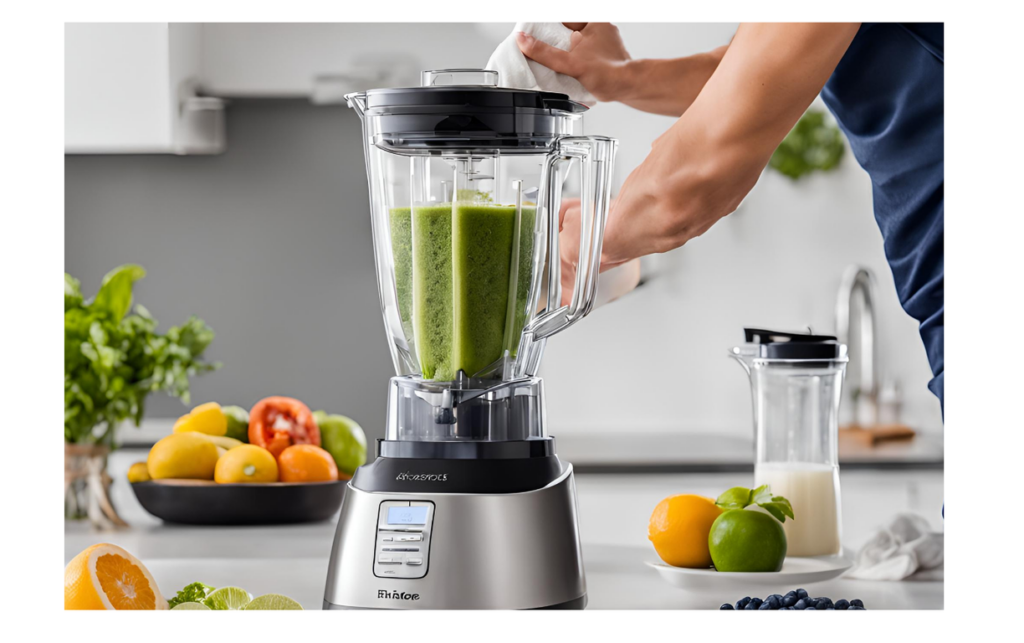
In today’s market, baby food makers come with various features designed to fit your lifestyle. From steaming to blending, understanding what functionality suits your needs is essential. Additionally, consider the size and design of the appliance, as these factors can impact storage and ease of transport around your kitchen.
Finding the perfect baby food maker involves more than just looking at the price. Knowing what to prioritize will help you prepare delicious homemade baby food tailored to your child’s preferences. By keeping these top features in mind, you’ll be well-equipped to make the best choice for your family.
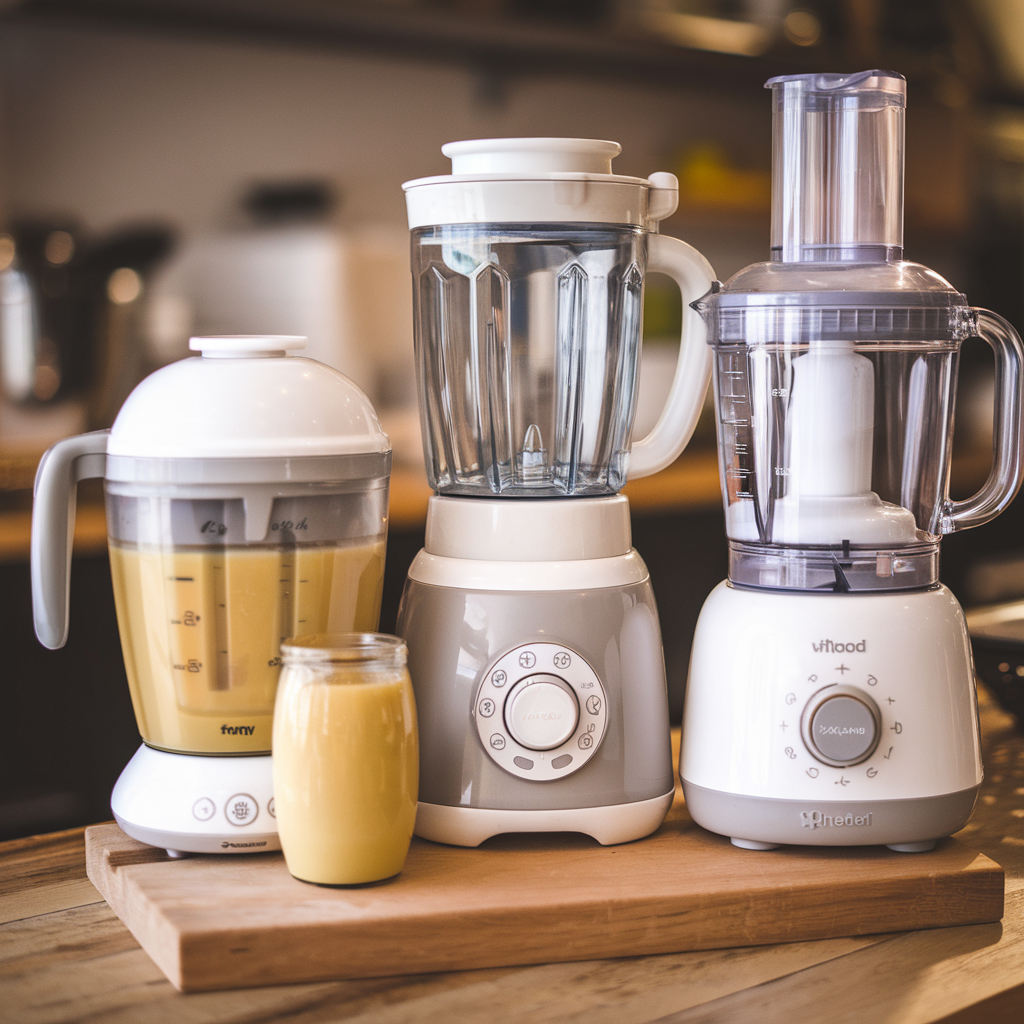
When selecting a baby food maker, it is crucial to focus on the features that will best meet your needs. Different types of baby food makers are available, and understanding their key features can help you make an informed choice. Safety and materials also play a significant role in ensuring the well-being of your child.
Focus on these essential features when choosing a baby food maker:
There are several types of baby food makers to consider:
Pay attention to the materials used in your baby food maker. Choose options that are:
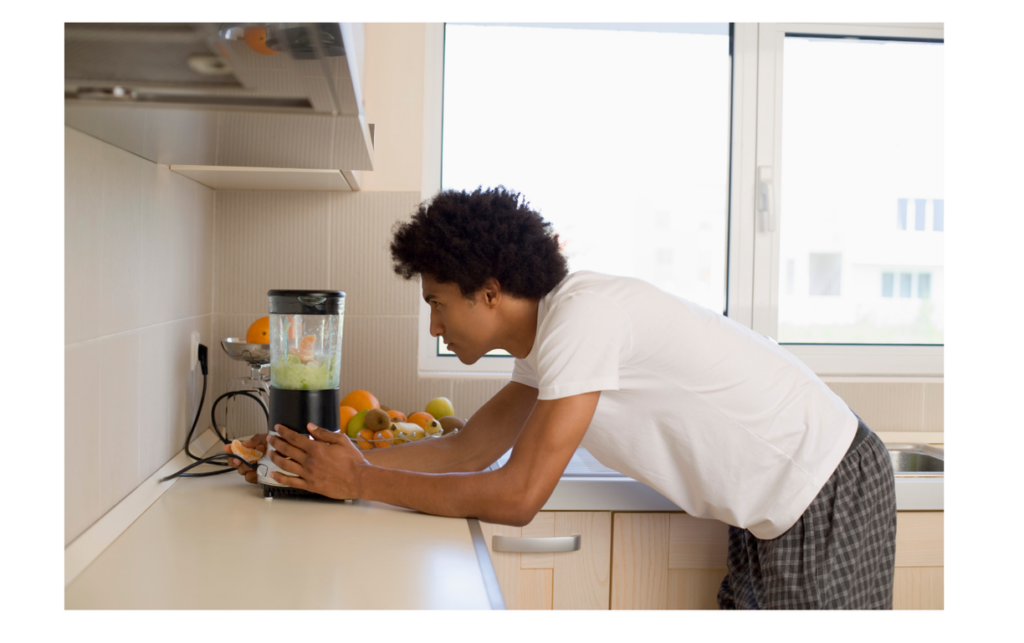
When choosing a baby food maker, ease of use and efficiency are crucial. You want a device that simplifies meal prep without adding stress. Look for features that help you spend less time cooking and cleaning.
A good baby food maker should have an intuitive user interface. This includes simple buttons and clear displays. You’ll want easy access to settings for steaming and blending foods.
Many models come with pre-programmed settings for popular foods. This takes the guesswork out of cooking, saving you time.
Check for features like an LCD screen that shows cooking time and function. The easier it is to operate, the more likely you’ll use it regularly.
Many baby food makers are designed to save you both time and energy. Look for models that can steam and blend simultaneously. This reduces the number of steps in cooking.
Some models heat up quickly, cutting down on preparation time. The ability to make large batches also means fewer cooking sessions per week.
Energy-efficient designs use less electricity, which is better for the environment and your wallet. When comparing models, read reviews focusing on efficiency.
Cleaning your baby food maker should be straightforward. Look for models that feature dishwasher-safe parts. This makes cleanup quick and hassle-free.
Many devices have removable containers and blades that can be easily washed. Some even come with self-cleaning modes to simplify the process further.
Reading user reviews on cleaning experiences can provide valuable insights. A model that is easy to maintain will encourage you to use it more often. Choose a baby food maker that fits seamlessly into your lifestyle.
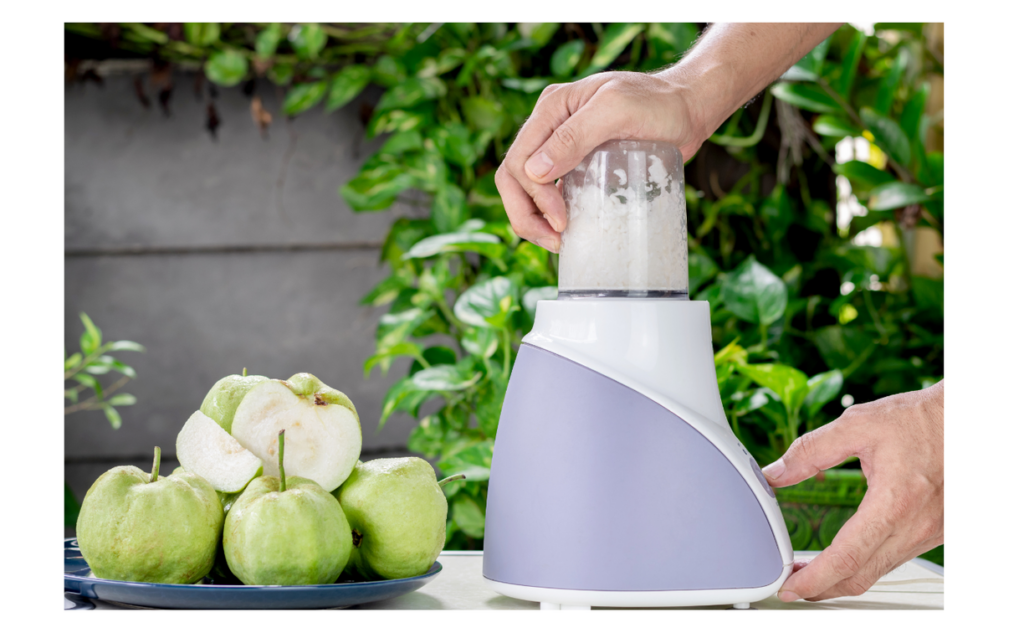
When choosing a baby food maker, it’s essential to consider its functionality and versatility. A good machine can simplify your cooking process and help you prepare a variety of nutritious foods for your baby. Look for features that make your experience smooth and efficient.
A versatile baby food maker should offer multiple cooking methods to suit your needs. Look for machines that have both steaming and blending capabilities. Steaming vegetables and fruits helps retain their nutrients, making them healthier for your baby.
Many all-in-one baby food makers also allow you to cook meats and grains. This feature gives you the freedom to prepare a wide range of meals in one device. By having a food processor that can handle different tasks, you can save time and effort in the kitchen.
Your baby will be trying various solid foods as they transition to solids. A good baby food maker should handle different types of foods seamlessly. Some machines come with attachments and containers that allow you to prepare multiple batches at once.
With this feature, you can introduce different flavors and textures without needing separate equipment. Look for models that can process harder foods like carrots as well as soft fruits like bananas. This ensures that your maker can keep up with your baby’s changing needs and preferences.
Adjustable settings on a baby food maker allow you to customize the consistency of your purees and blends. This is important because your baby’s needs will change as they grow.
You should be able to choose from different textures, from smooth purees to chunkier blends. This helps in introducing solids properly. Some makers also have temperature settings for steaming. This gives you control over how thoroughly you cook different foods, ensuring they are safe and suitable for your baby.
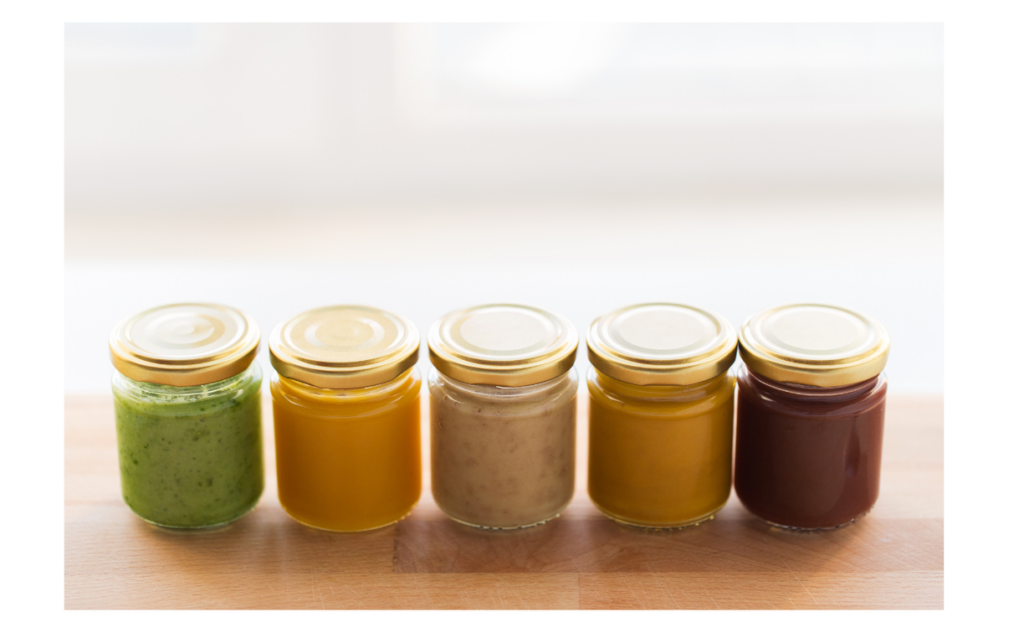
When choosing a baby food maker, capacity and storage options are crucial. You want a device that meets your family’s needs and allows you to store food easily. Here are some key aspects to consider.
The capacity of a baby food maker is key. If you have a larger family or plan to make meals in bulk, look for models with a larger capacity. Many baby food makers range from 4 to 6 cups, which allows for multiple servings at once.
For smaller families, a smaller capacity may suffice, enabling you to make fresh batches without waste. Remember, larger capacities can save time by letting you prepare meals for a week or month. Choose a size that matches your typical cooking frequency and family needs.
Storage is just as important as capacity. After preparing baby food, consider how to store it safely. Baby food storage containers should be airtight to keep food fresh. Look for options that are BPA-free for safety.
You might also consider baby food pouches for convenience. These are great for on-the-go meals and can be easily stored in the fridge or freezer. Using ice cube trays can help you store smaller portions. This makes it easy to thaw just what you need for each meal.
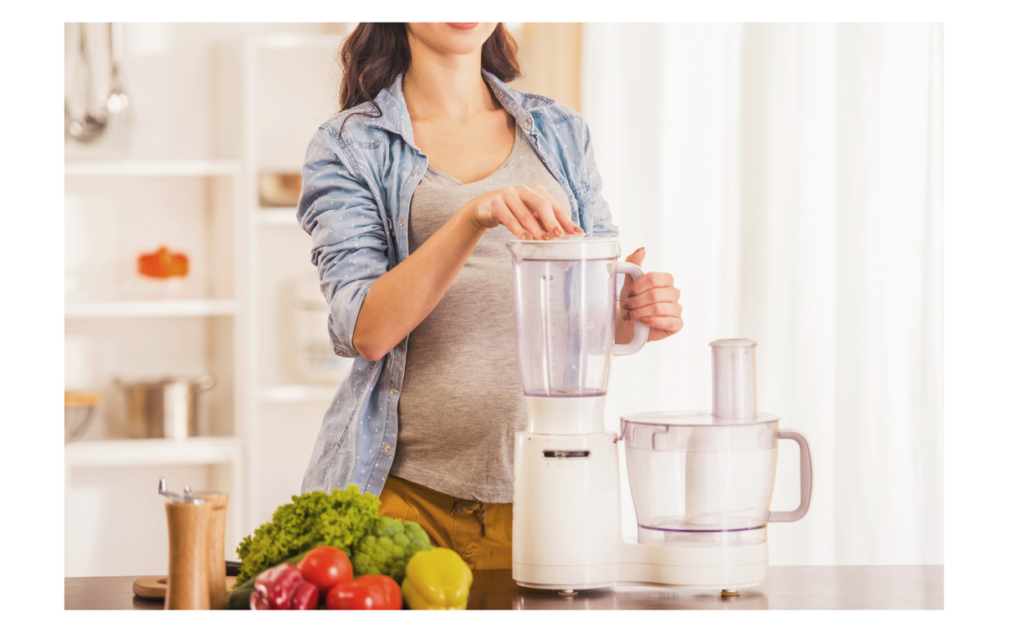
When choosing a baby food maker, portability and design are essential factors. A compact, attractive unit can simplify storage and travel, making it easier for you to prepare meals for your baby wherever you go.
Look for a compact baby food maker that can fit into tight spaces. Models like the Babymoov Duo Meal Station are designed to save space while offering multiple functions.
Weight is also important. A portable baby food maker should be lightweight, allowing you to carry it easily on trips. Many brands feature detachable parts, making storage and cleaning convenient.
You might appreciate units that come with travel bags. These bags protect your appliance while being easy to handle. Additionally, some models are designed to work with standard vehicle chargers for use on the go.
The countertop footprint of your baby food maker matters, especially in smaller kitchens. Choose models with a small footprint that don’t take up too much space. This will allow you to keep your kitchen organized and tidy.
Consider the unit’s aesthetics as well. A sleek, modern design can enhance your kitchen décor. Look for colors and finishes that match your style.
Some baby food makers blend form and function, offering features like easy-to-read displays and intuitive controls. These thoughtful designs make meal prep simpler while ensuring your kitchen remains visually appealing.
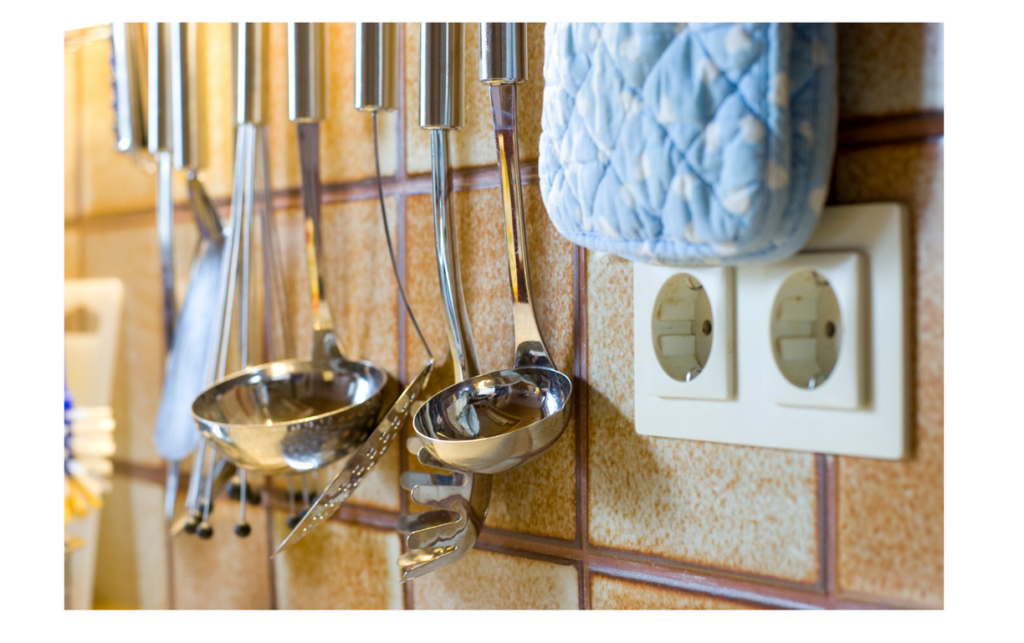
When choosing a baby food maker, consider not only its main functions but also the extra features and accessories that can enhance your experience. These can make preparing homemade baby food even more convenient and efficient.
Many baby food makers come with useful complementary accessories that can greatly assist you in the food preparation process. Look for items like storage containers to safely store the food you make.
For example, the Infantino Squeeze Station provides pouches that are perfect for on-the-go meals. Sage Spoonfuls offers glass containers that are dishwasher safe, making cleaning easier.
Immersion blenders are also valuable for quick pureeing and blending tasks if your baby food maker does not include an integrated blender. The OXO Tot Food Masher can be a simple tool for making small batches, too.
Smart technology can add convenience to your baby food making. Some models, like the Beaba Babycook Neo, include features such as pre-programmed cooking settings. These settings allow you to steam and blend ingredients with just the push of a button.
The Qooc Mini Baby Food Maker has an easy-to-use LED display, showing you the status of your cooking. It can help you schedule meal prep in advance.
Having these smart options can make preparing food more efficient and enjoyable, giving you more time to spend with your little one.
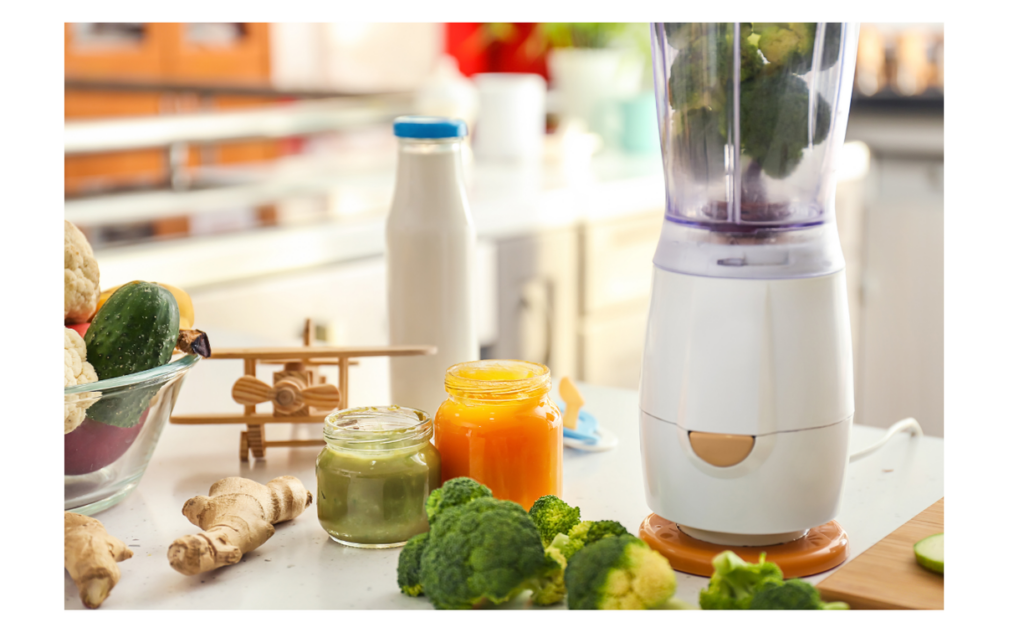
When choosing a baby food maker, it’s important to consider reputable brands and specific model features. This section highlights popular brands and provides a detailed comparison of top models to help you make an informed decision.
Several brands stand out for their reliability and performance in baby food makers. BEABA is well-known for the Babycook, which is versatile and easy to use. This model can steam, blend, and reheat food, making it a top choice for busy parents.
Baby Brezza offers the One Step Food Maker, a budget-friendly option that simplifies the cooking process. It combines several functions in one product, allowing you to prepare food quickly.
Nutribullet Baby and Magic Bullet Baby Bullet also have strong offerings. These brands focus on blending and storing food efficiently, making meal prep easier for you. Each brand has unique strengths, catering to different needs and budgets.
When comparing models, consider their key features and capacities.
Each of these models has its strengths, so think about your specific needs and cooking habits when deciding.

When using a baby food maker, it’s essential to know how to prepare baby purees, ensure safety, and utilize the user manual effectively. Here are some important tips to help you get the most out of your device.
Start by choosing fresh fruits and vegetables for your purees. Always wash them thoroughly. Cut larger items into smaller pieces to fit into the food maker easily.
For smooth purees, steam vegetables first before blending. This helps retain nutrients while making them easier to blend. For instance, steaming carrots or sweet potatoes can enhance their texture.
You can also experiment with combining ingredients. For example, mixing apples and carrots can create a tasty puree your baby will enjoy. Don’t forget to add water or broth to achieve your desired consistency.
Try to make enough to freeze in small portions. Ice cube trays are a great option. This way, you can quickly thaw individual servings when needed.
Safety is crucial when using your baby food maker. Always ensure that the appliance is placed on a stable, flat surface. Keep your work area clean to avoid contamination.
Never immerse the base of the food maker in water. Instead, wipe it down with a damp cloth. This helps prevent electrical issues.
Before each use, check that all parts are in good condition. Ensure the blades are sharp and there are no broken or worn components.
When blending, avoid overfilling the jar. This can cause spills and mess. Follow the maximum fill line clearly marked on the container.
Your user manual is an essential resource. It offers specific guidelines tailored to your baby food maker model. Familiarize yourself with the instructions before first use.
Look for details on the best way to clean, maintain, and store your device. Many models, especially the all-in-one models that steam and blend, have unique features that can enhance usability.
Check for important safety information and troubleshooting tips. If something goes wrong, the manual often provides solutions.
Keep the user manual handy for quick reference as you experiment with different baby purees in 2024. This ensures you maximize the benefits of your baby food maker.

When choosing a baby food maker, it’s important to understand the essential features, efficiency, safety, and value options. Here are some common questions that can help guide your selection process.
Look for features such as steaming, blending, and easy set-up. A good baby food maker should have a strong motor and capacity to handle different foods. Additionally, consider ease of use and whether it has a user-friendly interface.
Models that combine steaming and blending functions usually offer the best efficiency. Some brands are known for their quick cooking times and smooth blending capabilities. Researching customer reviews can provide insights into which ones perform best in both areas.
Focus on the processor’s capacity, power, and speed settings. A multi-functional processor allows you to blend, chop, and purée, making it versatile for various recipes. Ensure it has enough capacity for the quantity of food you’ll be preparing.
Glass baby food makers are often easier to clean and don’t retain odors or stains from food. They can also be safer, as they don’t contain harmful chemicals sometimes found in plastic. Glass containers can withstand high temperatures, which is ideal for steaming.
Look for makers that combine versatility with a reasonable price. Some models provide multiple functions and additional accessories at an affordable cost. Reviews can help identify which brands and models are currently considered the best value.
Prioritize BPA-free materials and safety locks to prevent spills. A baby food maker with removable parts makes cleaning easier. Ensure that all surfaces are dishwasher safe or easy to wipe down to maintain hygiene without hassle.